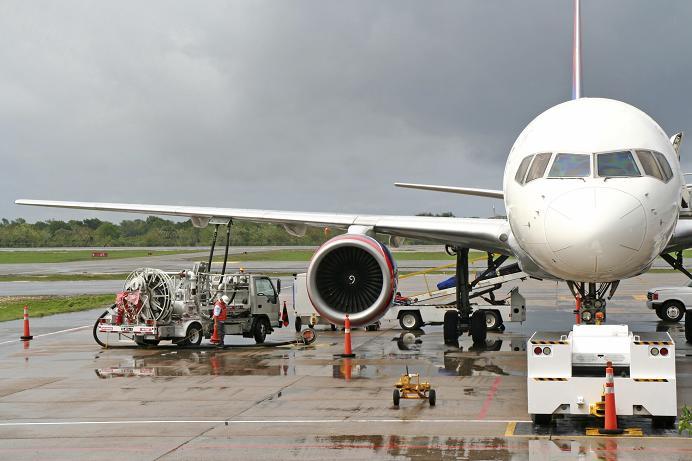Summary: Calibrating your maintenance equipment is a critical process that minimizes accuracy flaws.
In order to ensure that all aircraft maintenance equipment that you own runs efficiently, and safely, it’s essential that you and your team utilize various precision tools and inspection methods to ensure that each component conforms to the manufacturer’s specifications.
These tools must be periodically calibrated, as recommended by the operator, to safely handle each component independently. In various aerospace organizations, there has been a long-standing practice of permitting the use of workshop equipment that is not subjected to calibration if there are test data needs – including waveform monitoring, troubleshooting, or null indication measurement. In cases like these, it’s important to clearly identify the item as “not for calibrated testing” and be removed from the rotation of maintenance equipment.
Why You Should Calibrate
Calibration ensures that the tools remain at peak accuracy, and that the inspection, measuring, and test equipment utilized for maintenance are performing adequately. The core purpose of calibration is to minimize measurement errors to acceptable levels. Acceptable levels of uncertainty are typically defined by the tolerance limits of the equipment’s parameters – which are normally established via the manufacturer. Through calibration, the equipment will fall within the defined accuracy levels and perform efficiently, which is especially important if you are working within the aerospace industry where accuracy is prioritized above all else.
Who Performs the Calibration?
A calibration facility or laboratory is tasked with handling major calibration processes. Any person or organization that has specialized in handling the calibration process can typically run the establishment. Additionally, you can supply them with aircraft maintenance equipment from Start Pac for example, and depending on their controlled environment, you can expect each component to be properly analyzed, monitored, and ultimately calibrated to the manufacturer’s extent.
Documented calibration procedures must be used and documented evidence of the traceability of the standards utilized must be provided to you as well. This is especially important in the case of faulty work performed by the establishment. When it comes down to it, the most important aspect you must look out for when dealing with a third-party calibration lab is their standard of practice and how they perform when it comes to the equipment. Needless to say, you want your equipment at peak levels of efficiency, which is why picking and choosing the appropriate company will not only benefit you but your work as well.

